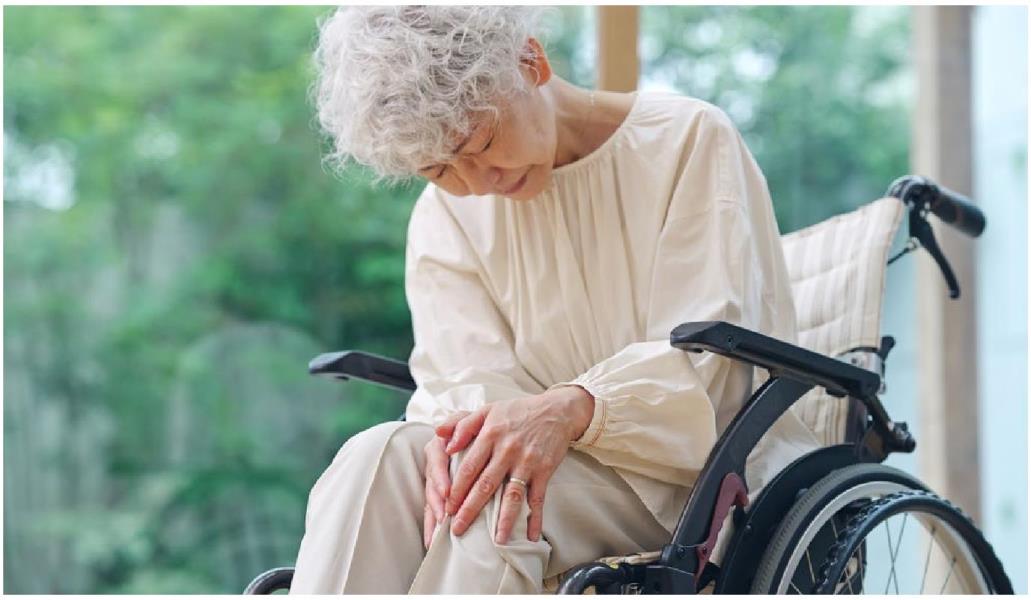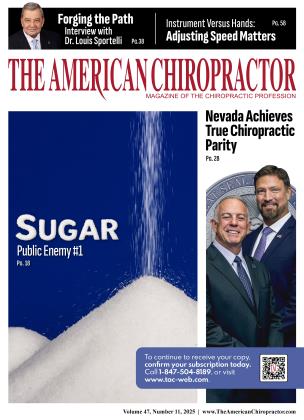
THE OBJECTIVE OF THIS STUDY WAS TO INVESTIGATE The association between kyphotic posture and future loss of independence (LOI) and mortality in community-dwelling older adults. The causes of death evaluated were cancer, cardiovascular disease, respiratory disease, and others.
It is a prospective cohort study that assessed 1,621 community-dwelling adults age 65 and older, who were followed for a median of 5.8 years.
Outcomes were adjusted for age, body mass index, smoking habit, lumbar spinal stenosis, low back pain, health status, stroke history, and hand grip strength.
“Failure of this compensatory mechanism results in kyphotic posture, leading to various health problems.”
Kyphosis is “an abnormal posture that develops because of the failure of the posture maintenance mechanism.”
• 20% to 40% of older individuals have a kyphotic posture. “There has been a growing concern regarding the association between kyphotic posture and serious health-related outcomes, such as loss of independence (LOI) and mortality.” “When standing, lordotic segments (i.e., the cervical and lumbar spine) and kyphotic segments (i.e., the thoracic spine) must balance the occiput over the pelvic axis in an energy-efficient position.”
• “As the center of gravity of the trunk shifts forward due to kyphosis in one segment of the spine, the other spinal segments, pelvis, hip joint, and knee joint, cooperatively compensate to maintain overall sagittal balance.”
• “Failure of this compensatory mechanism results in kyphotic posture, leading to various health problems.”
Kyphotic posture was evaluated using the wall-occiput test (WOT):
• “The WOT is easy, inexpensive, and does not require special skills or devices, making it an attractive clinical tool for the identification of high-risk individuals.”
° Subjects stand with both of their heels and sacrum against the wall.
° Subject’s head is positioned so that a line from the lateral corner of the eye to the superior point of the auricle is parallel to the floor.
The distance in centimeters between the occiput prominence and the wall is measured.
• 17% had mild kyphotic posture:
° 17% increase in mortality
° 70% increase in loss of independence
• 12% had severe kyphotic posture:
° 99% increase in mortality
° 108% increase in loss of independence
“Kyphotic posture was associated with loss of independence and mortality in community-dwelling older adults.”
Deleterious effects of kyphotic posture on health include:
• A decline in physical function.
• Impairment in pulmonary function.
• Increased pain.
• Gastroesophageal reflux disease.
• Poor quality of life.
• Increase in falls.
“Multiple previous studies have shown that kyphotic posture may be associated with worse health, including diminished pulmonary function.”
“Identifying community-dwelling older people with kyphotic posture using the WOT might help identify high-risk populations that would benefit from healthcare interventions.”

Dan Murphy has provided weekly reviews of pertinent articles for the chiropractic community for 25 years. Topics range from nutrition, neurology, orthopedics, biomechanics, diet, exercise, immunology, whiplash injury, radiology, clinical anatomy, chiropractic care, and more. Here is what one subscriber said: “I am very grateful for keeping me in the loop of knowledge. These article reviews are priceless.” Interested chiropractors can sign up for this service on his website: www.DanMurphyDC.com.
Reference
1. Hijikata Y, Kamitani T, Sekiguchi M, Otani K, Konno SI, Takegami M, Fukuhara S, Yamamoto Y. Association of kyphotic posture with loss of independence and mortality in a community-based prospective cohort study: the locomotive syndrome and health outcomes in Aizu cohort study (LOHAS). BMJ Open. 2022 Mar 31;12(3):e052421. doi: 10.1136/ bmjopen-2021-052421. PMID: 35361638; PMCID: PMC8971797.
 View Full Issue
View Full Issue






